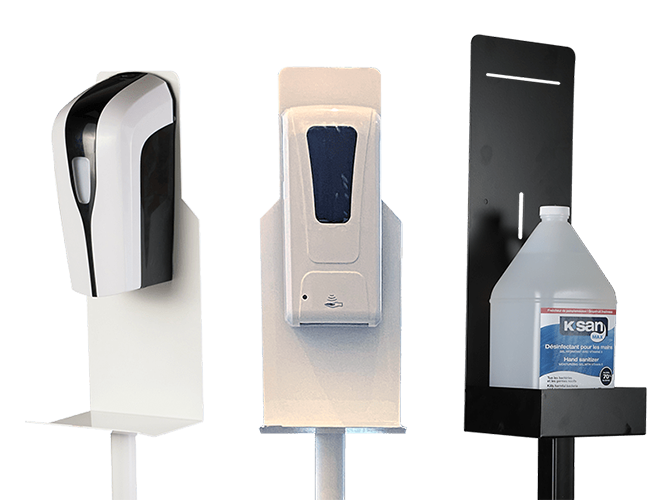Many of you have encountered the term N95 during your search for Covid-19 protection, however you probably still have some questions. This designation comes from the US National Institute for Occupational Safety and Health (NIOSH) and describes the ability of a device to protect the wearer from particulate matter in air.
NIOSH has established many classifications, each beginning with a letter. “N” is for devices not resistant to oil, “R” is for oil resistant and “P” is for oil-proof. The number in the classification is the efficiency of the filter, with “95” signifying 95%, “99” signifying 99%, and “100” signifying 99.97% minimum efficiency of particulate filtration. Of these, N95 respirators have been adopted for use in health care settings as protection against infectious diseases. Many regulatory and health care bodies including the World Health Organisation (WHO) and the U.S. Occupational Safety and Health Administration (OSHA) indicate that these respirators protect the wearer and reduce the spread of SARS-COV-2.
So, our famous N95 respirator, is not oil resistant and has a minimum particulate efficiency filtration of 95%. Makes sense! As most of us are not exposed to oil spray during our daily life, the “P” and “R” series devices are probably not required.
What about KN95? The US NIOSH standard governs masks made and sold in the USA, but other countries soon started using similar nomenclature to standardize their products. The KN95 standard is the Chinese equivalent of the US NIOSH N95. There are actually 11 complex specifications and tests to gain a KN95 designation, but the overall summary is that these are highly comparable to N95s. On the metric which arguably matters the most – the percent of particles the devices capture – both are identical at 95% efficacy. Some minor differences exist: KN95 masks are required to pass fit tests, whereas N95 masks have slightly better breathability. According to US mask manufacturer 3M, “it is reasonable to consider” China’s KN95s “equivalent” to US NIOSH N95s. Other countries have similar standards that we hear of less frequently but are also similar such as FFP2 (Europe), P2, (Australia), KMOEL (Korea), and DS (Japan).
On August 25, 2020, Health Canada published the Safety and Performance Specifications for Respirators During COVID-19: Guidance for Canadian Manufacturers which listed a number of safety and efficacy specifications, much like NIOSH’s N95. As an example, a Canadian designation of 95PFE-L1 would mean a minimum of 95% particulate filtration efficacy and level 1 fluid resistance. These Canadian designations never caught on with consumers – so don’t be surprised if you’ve never heard about them.
Most companies therefore are still using NIOSH-style descriptors. For example, FN-N95-510 is a model by Canadian company Dent-X. These masks are not NIOSH N95 certified but they conform to the very similar Canadian standards which aim to essentially mirror the original specifications. Dent-X has published independent laboratory data on particulate filter efficiency, mechanical head-strap strength, inhalation resistance, exhalation resistance, flammability and fluid resistance, all of which meet or exceed the Canadian specification.
In summary, the landscape of certifications and specifications is complex and daunting. Not to worry, SafeTMed is here to simplify your life – all of the respirators we sell fully conform to the stringent standards set out by Health Canada which include a 95% or greater result on the NIOSH particulate filter efficiency test. Shop for respirators with confidence at SafeTMed, knowing that all our products are of the highest quality.
Until next time, stay safe and mask up!







































